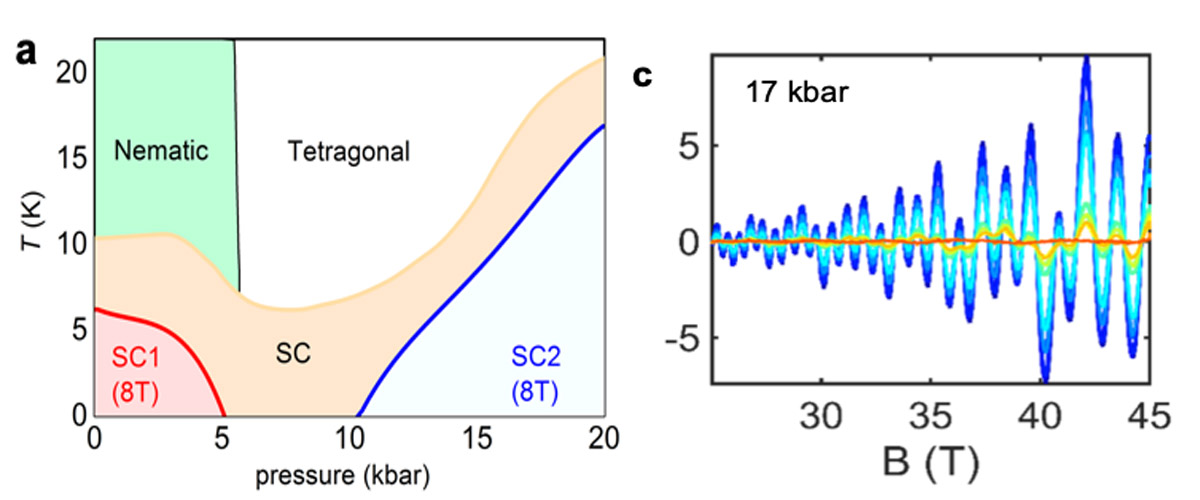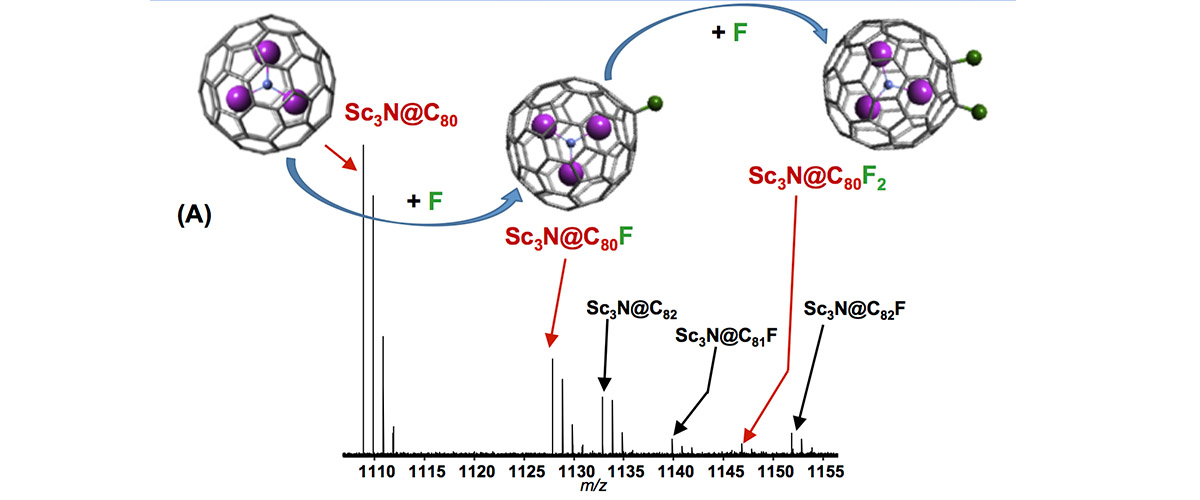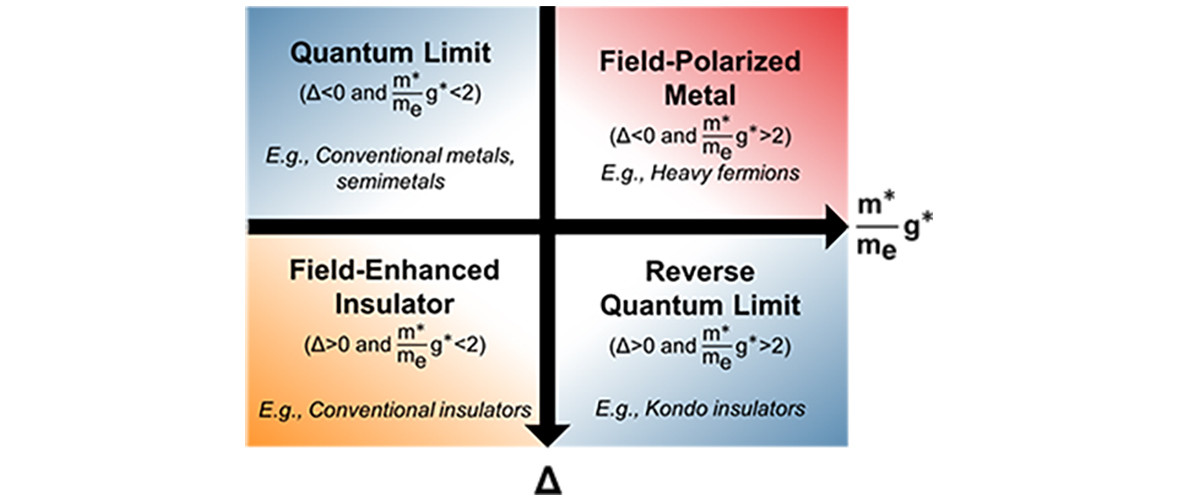What did scientists discover?
MagLab users studied the degree of electron interactions in FeSe0.89S0.11, a high-temperature superconductor that also exhibits a nematic state. What is unique in this material is that the nematic state has profound consequences for our understanding of high-temperature superconductivity. In the vicinity of the destruction of the nematic state in response to 5kbar of applied pressure, the electrons change from strongly influencing each other in the nematic phase to being more strongly influenced by the crystal lattice. As a result of the nematic phase, this material exhibits two distinct superconducting phases.
Why is this important?
These observations suggest that the nematic state actually weakens superconductivity and, for FeSe0.89S0.11 to achieve high-temperature superconductivity, another ingredient is needed such as magnetism.
Who did the research?
Pascal Reiss1, David Graf2, Amir A. Haghighirad1,3 and Amalia I. Coldea1
1University of Oxford; 2National MagLab at Florida State University; 3Karlsruhe Institute of Technology;
Why did they need the MagLab?
The experimental challenge was to access the normal state of superconductors above 20T, to detect quantum oscillations and determine the degree of electron interactions in very clean single crystals. These experiments required very high magnetic fields up to 45T at temperatures as low as 0.3K, coupled with pressure cells to tune the applied pressure from 0 to 20kbar (0 to 20,000 atmospheres), allowing access to many different electronic phases.
Details for scientists
- View or download the expert-level Science Highlight, Influence of a nematic phase on high-temperature superconductivity
- Read the full-length publication, Quenched nematic criticality and two superconducting domes in an iron-based superconductor, in Nature Physics
Funding
This research was funded by the following grants: G.S. Boebinger (NSF DMR-1157490, NSF DMR-1644779); A.I. Coldea (EPSRC-UK: EP/I004475/1, EP/I017836/1; EP/M020517/1);
For more information, contact Tim Murphy.






